Yoga Blog
Mastering Bikram Yoga: Essential Guide to the Hot Practice and Its Benefits
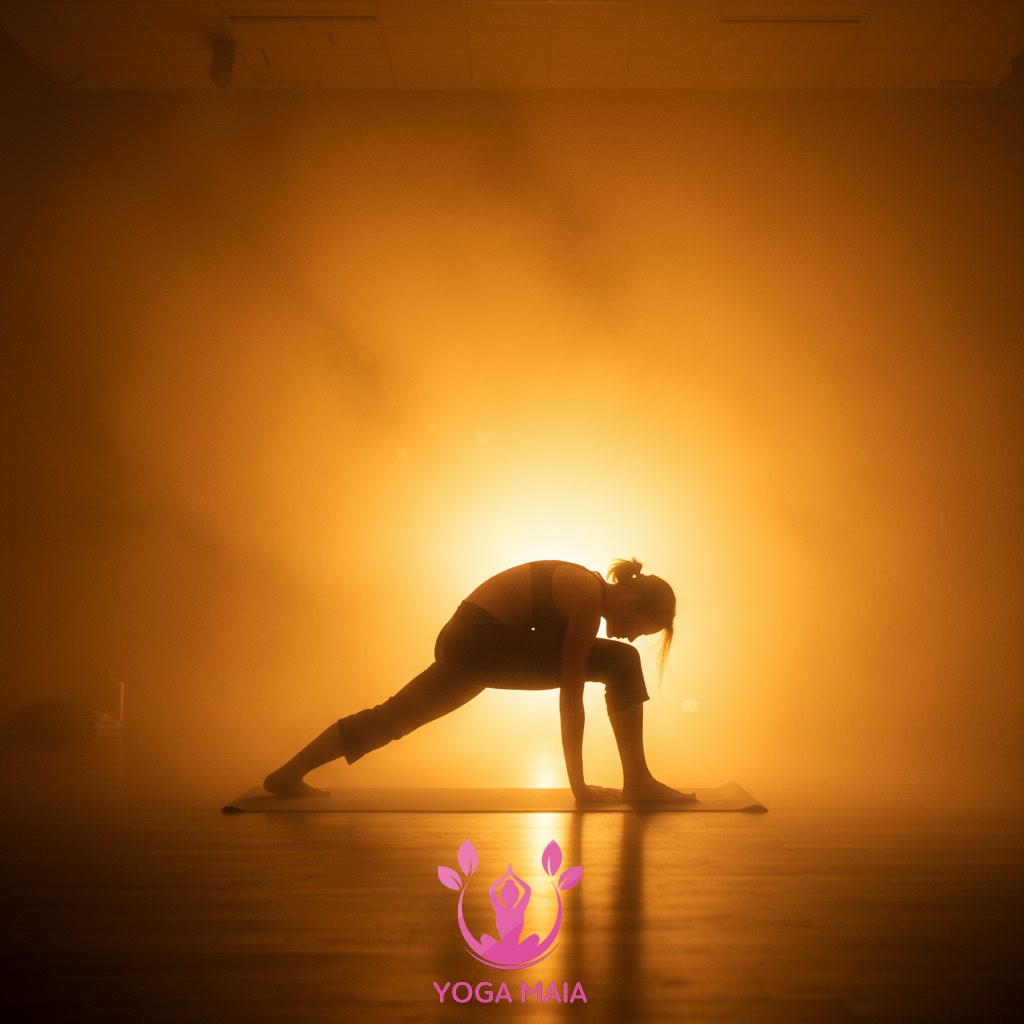
This guide provides an essential overview for mastering Bikram yoga, a unique form of yoga practiced in a heated room. It delves into the specifics of the hot practice, detailing the sequence of postures and breathing exercises. The content explores the numerous health and wellness benefits associated with consistent Bikram yoga engagement. It serves as a comprehensive resource for understanding this particular yoga methodology.
Table of Contents
- Section 1: Introduction to Bikram Yoga: The Hot 26+2 Practice
- Section 2: Understanding the Bikram Yoga Sequence: Postures and Breathing
- Section 3: The Role of Heat: Why Bikram Yoga is Practiced in a Hot Room
- Section 4: Unlocking the Benefits: Physical and Mental Advantages
- Section 5: Preparing for and Mastering Your Bikram Yoga Session
Section 1: Introduction to Bikram Yoga: The Hot 26+2 Practice
Bikram Yoga is a distinct style of yoga characterized by a fixed sequence of 26 postures and two breathing exercises, practiced in a room heated to 105°F (40°C) with 40% humidity. This specific methodology, developed by Bikram Choudhury, maintains the same sequence in every class, designed to systematically work every part of the body, from bones to skin, inside out. The heated environment is intended to warm muscles for deeper stretching, prevent injury, and promote detoxification through sweating. The consistent ‘Hot 26+2 Practice’ provides a predictable framework for students to track their progress and deepen their understanding of the postures over time.
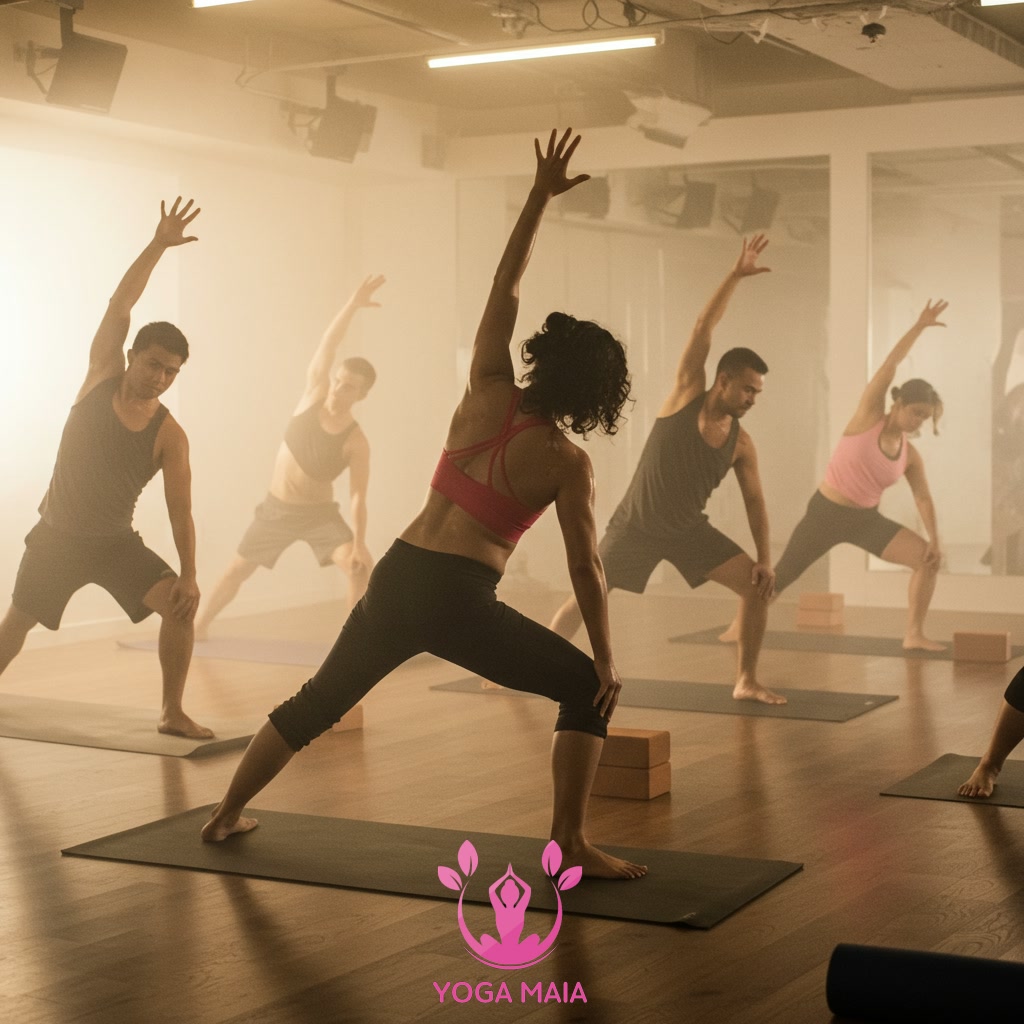 Introduction to Bikram Yoga: The Hot 26+2 Practice
Introduction to Bikram Yoga: The Hot 26+2 Practice
Section 2: Understanding the Bikram Yoga Sequence: Postures and Breathing
Understanding the Bikram Yoga sequence is fundamental to the practice. It comprises a precise series of 26 specific postures and two breathing exercises, always performed in the same order. This fixed sequence is intentionally designed to systematically warm and stretch muscles, ligaments, and joints, preparing the body progressively for deeper work. The postures target every part of the body, promoting balance, strength, flexibility, and detoxification. The two breathing exercises frame the physical practice, beginning with Pranayama to expand lung capacity and ending with Kapalabhati to calm the nervous system and aid purification. Mastering this exact order and the specific instructions for each posture is crucial for maximizing the therapeutic benefits of Bikram yoga.
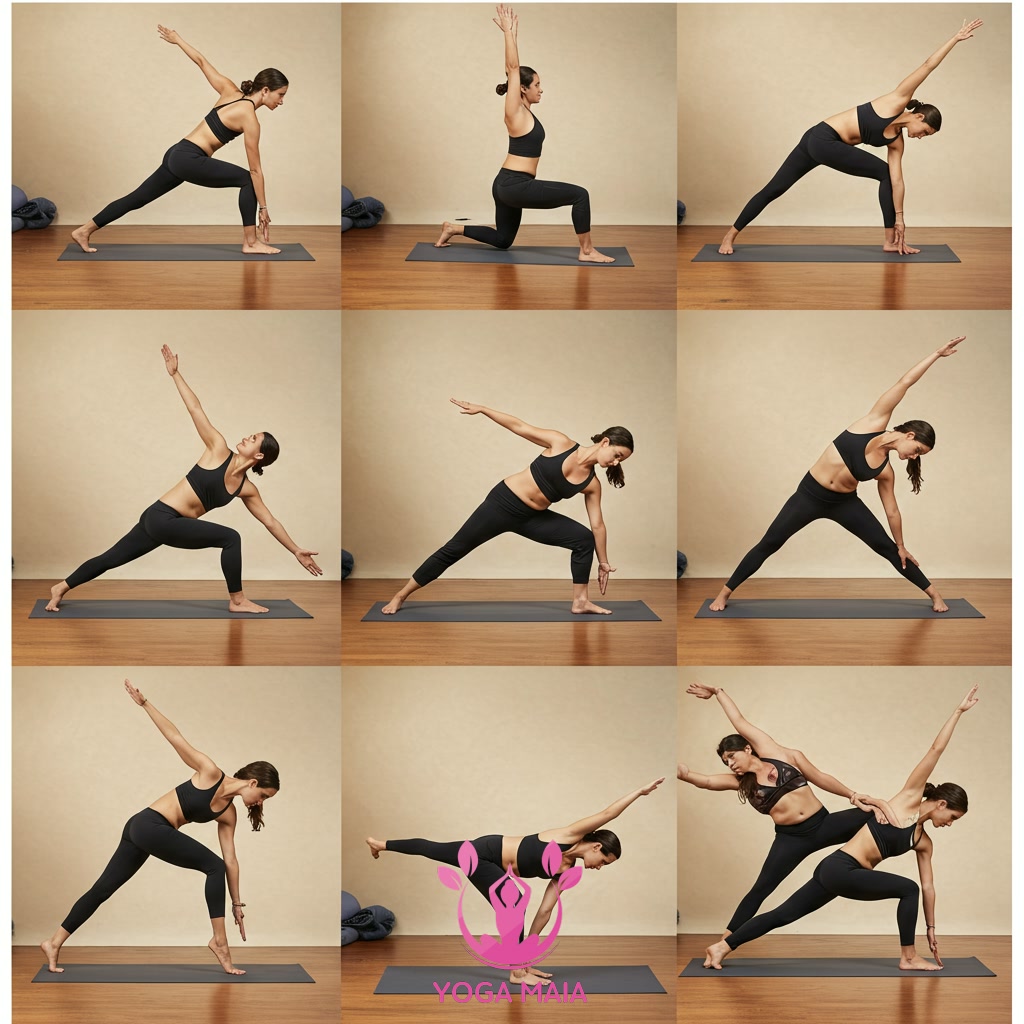 Understanding the Bikram Yoga Sequence: Postures and Breathing
Understanding the Bikram Yoga Sequence: Postures and Breathing
Section 3: The Role of Heat: Why Bikram Yoga is Practiced in a Hot Room
Practicing Bikram Yoga in a heated room, typically around 105°F (40°C) with 40% humidity, is a signature element and serves several key purposes. The heat helps to warm muscles, making them more pliable and allowing for deeper stretching with reduced risk of injury. This elevated temperature also promotes detoxification through increased sweating, helping the body eliminate toxins. Furthermore, the heat challenges the cardiovascular system, providing a more intense workout and improving endurance. It also helps the body adapt to heat, which can be beneficial for regulating body temperature. The hot environment encourages focus and mental discipline, as practitioners learn to remain calm and centered despite the challenging conditions, fostering a meditative state.
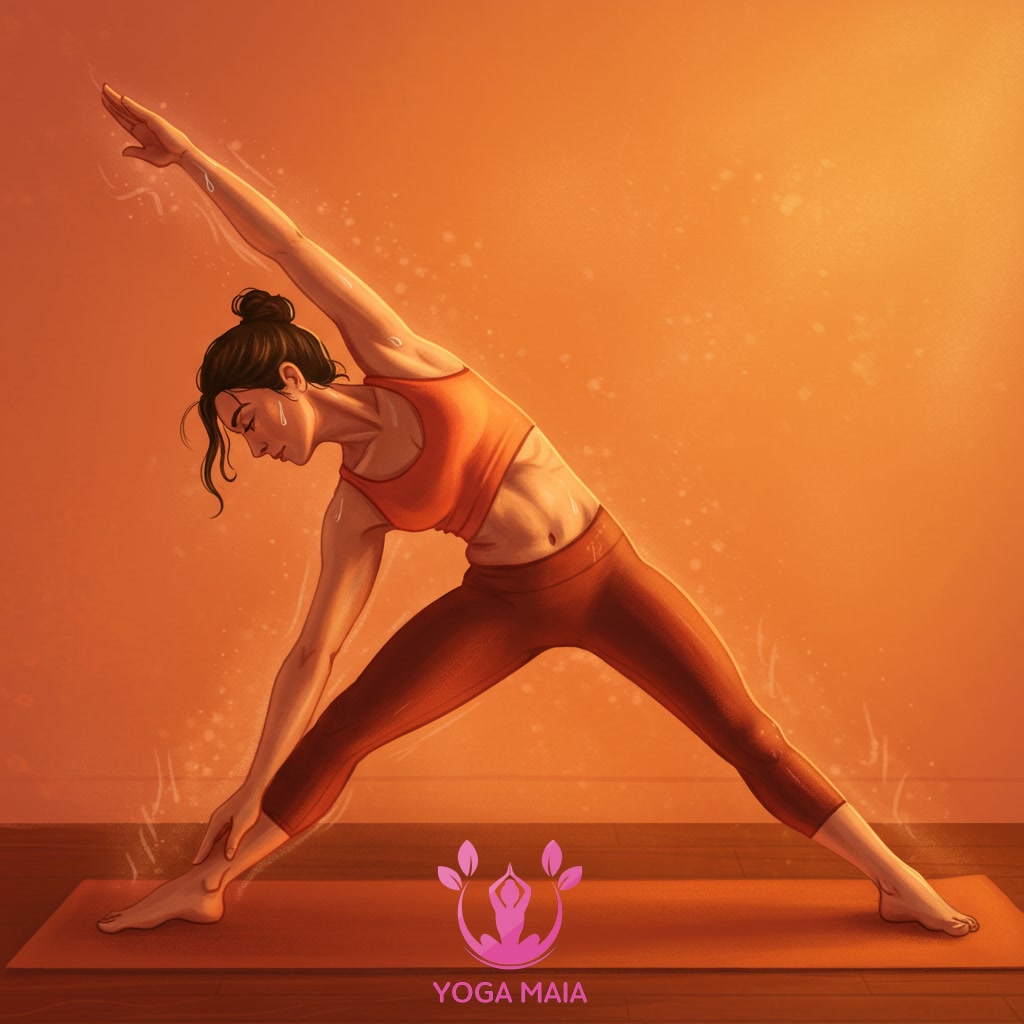 The Role of Heat: Why Bikram Yoga is Practiced in a Hot Room
The Role of Heat: Why Bikram Yoga is Practiced in a Hot Room
Section 4: Unlocking the Benefits: Physical and Mental Advantages
Building upon the foundational role of the heated environment, the practice of Bikram Yoga unlocks a wide array of physical and mental advantages. Physically, the heat significantly enhances flexibility and range of motion, allowing for deeper stretches and safer progression in postures. Holding the sequence of 26 postures builds remarkable strength, stamina, and balance. The intense sweating promotes detoxification and improves cardiovascular function. Beyond the physical, the demanding nature of the practice cultivates profound mental discipline, concentration, and mindfulness. Navigating the heat and the postures requires unwavering focus, which translates into enhanced mental clarity and stress reduction. Consistent practice fosters resilience, patience, and a deeper connection between mind and body, contributing to overall well-being.
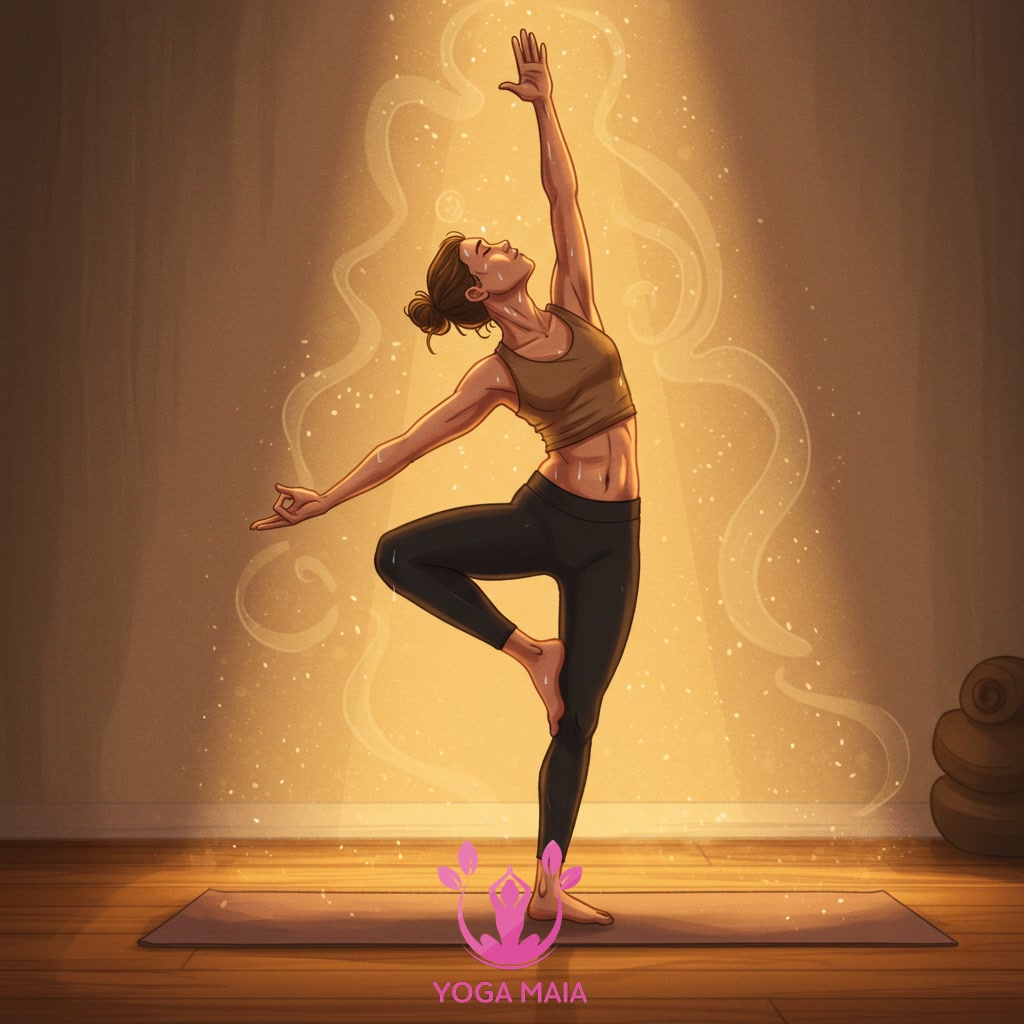 Unlocking the Benefits: Physical and Mental Advantages
Unlocking the Benefits: Physical and Mental Advantages
Section 5: Preparing for and Mastering Your Bikram Yoga Session
To effectively prepare for and master your Bikram yoga session, hydration is paramount; begin drinking plenty of water hours before class. Opt for light, moisture-wicking clothing that allows for full range of motion in the heated environment. Arrive at the studio 10-15 minutes early to allow your body to acclimate slightly to the heat and humidity, and to set up your mat and towel without rush. During the practice, focus on listening intently to the instructor’s dialogue, which guides you through each posture and breathing exercise. Remember that mastering the session isn’t about perfect poses initially, but about staying in the room, breathing consciously, and pushing your edge safely within your body’s limits. Consistency in preparation and presence during the practice are key to unlocking the full potential of Bikram yoga.
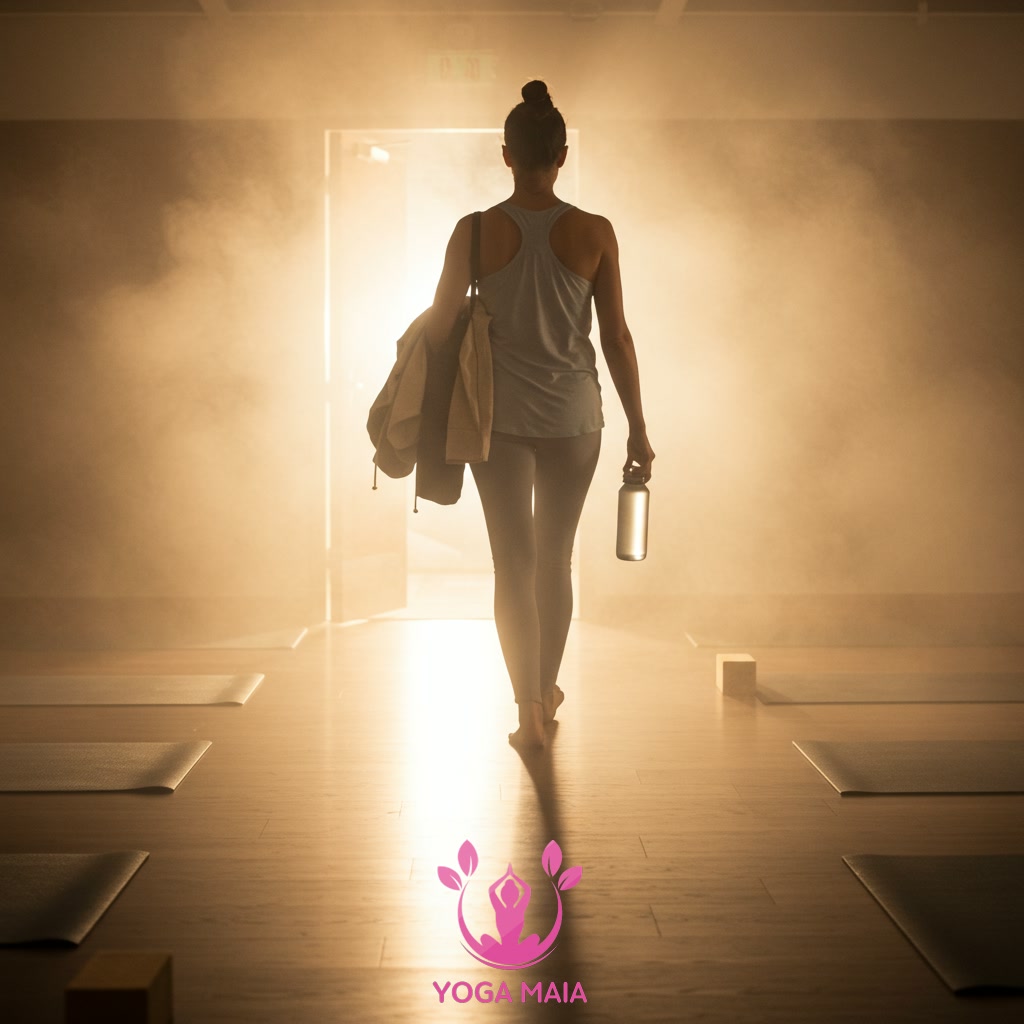 Preparing for and Mastering Your Bikram Yoga Session
Preparing for and Mastering Your Bikram Yoga Session












